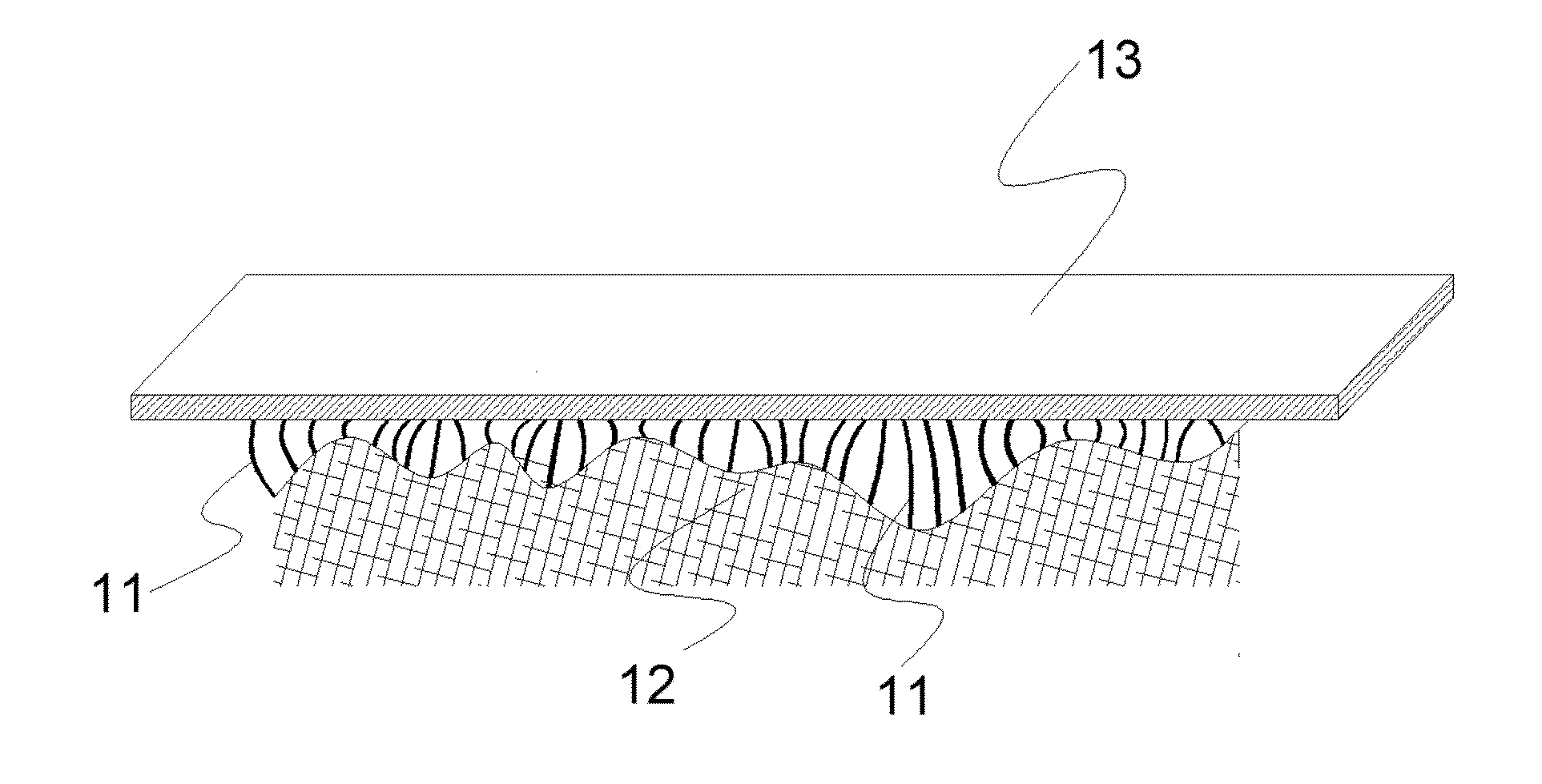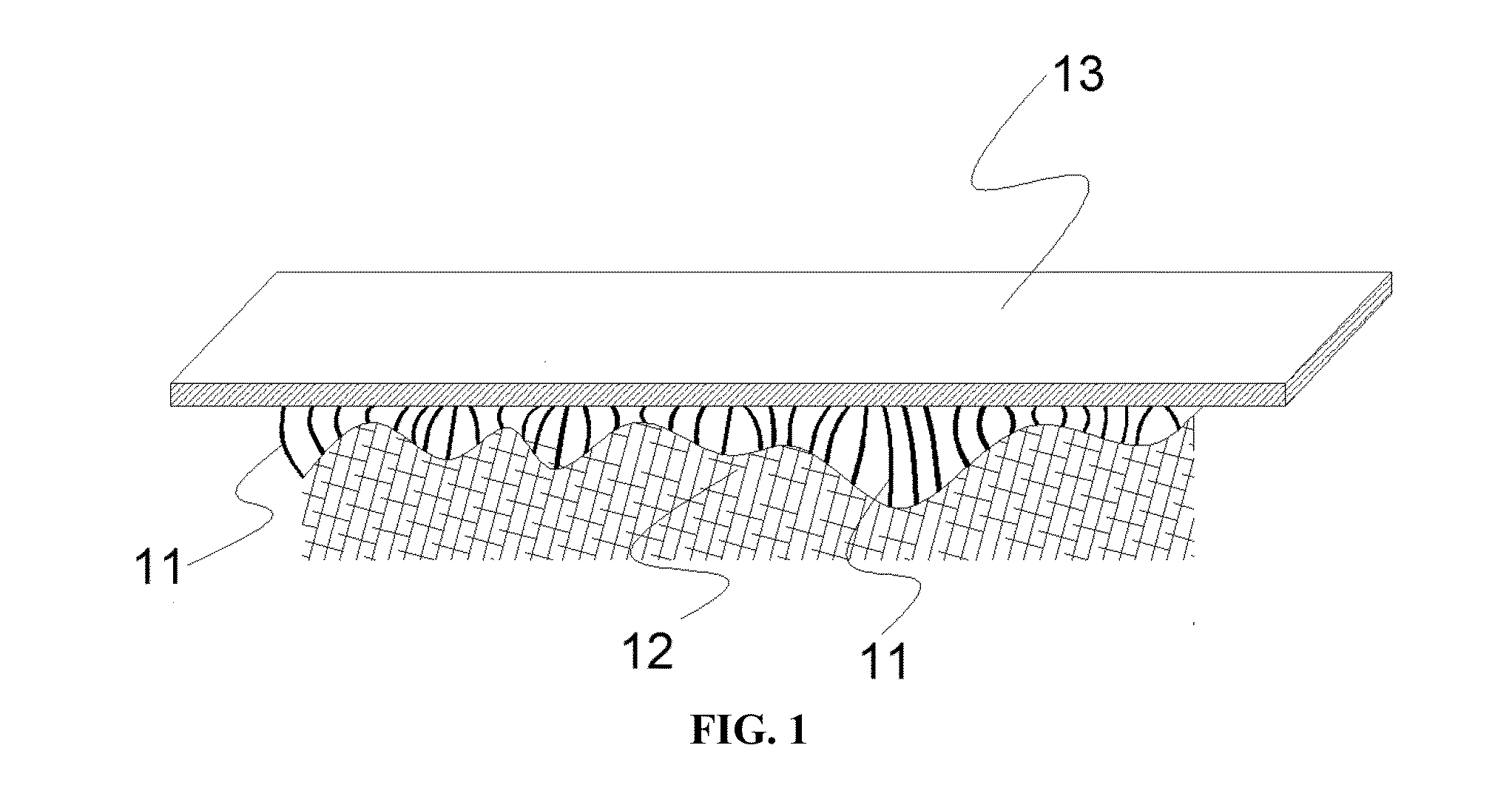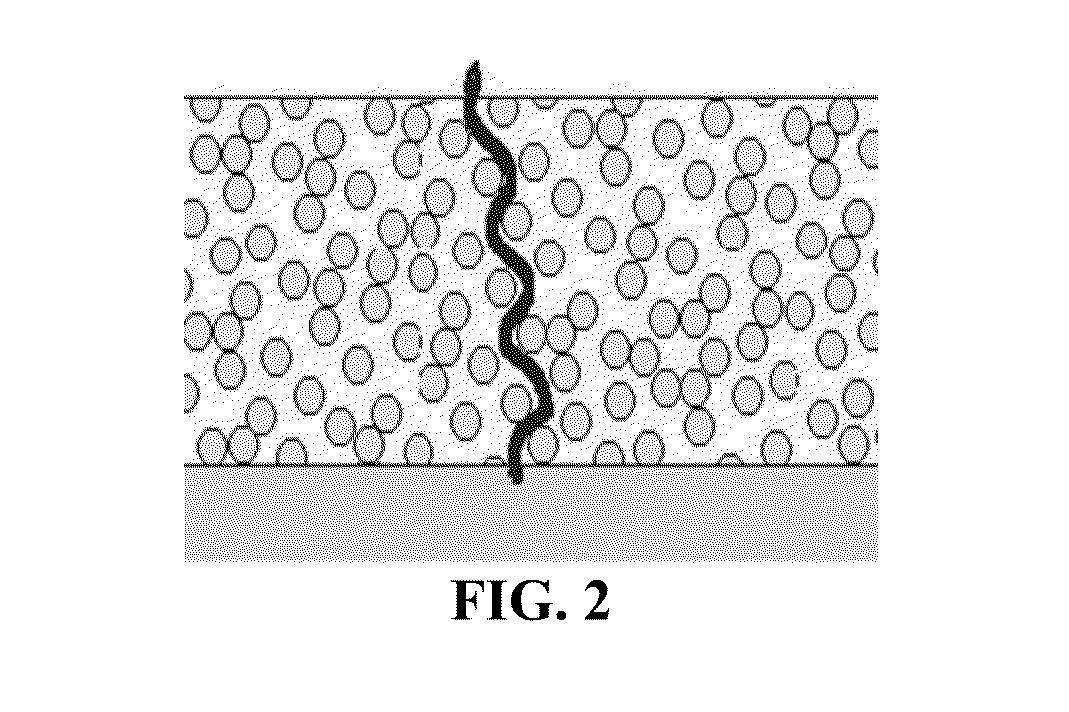Micropatterned structures for forming a seal with the face skin and other surfaces and method of make
a micro-patterned structure and seal technology, applied in the field of micro-patterned structures for forming seals with the face skin and other surfaces, can solve the problems of blood flow, inability to meet consistently in the battlefield, and compromise the effectiveness of peripheral seals, etc., to achieve good contact/seal, improve adhesion, and high friction level
- Summary
- Abstract
- Description
- Claims
- Application Information
AI Technical Summary
Benefits of technology
Problems solved by technology
Method used
Image
Examples
Embodiment Construction
[0032]References will be made in detail to various embodiments of the invention, one or more examples of which are set forth below. Each example is illustrative, not limitation of the invention. For those skilled in the art, it is apparent that modifications and variations can be made in the present invention without departing from the scope of the invention. Thus, it is intended that the present invention cover such modifications and variations.
[0033]The present invention is directed to dry adhesives suitable for attachment to the skin of a user, or other surfaces, which comprises microfibrils and continuous microribbons. The term “dry adhesive”, as used herein, refers to solid adhesives based on synthetic micro-structures mimicking the gecko-foot adhesion mechanism. Dry adhesives contrast traditional liquid adhesives, including pressure sensitive adhesives which flow under pressure to conform to surface roughness. Unlike dry adhesives taught in previous arts, the dry adhesives dis...
PUM
| Property | Measurement | Unit |
|---|---|---|
| length | aaaaa | aaaaa |
| length | aaaaa | aaaaa |
| length | aaaaa | aaaaa |
Abstract
Description
Claims
Application Information
 Login to View More
Login to View More - R&D
- Intellectual Property
- Life Sciences
- Materials
- Tech Scout
- Unparalleled Data Quality
- Higher Quality Content
- 60% Fewer Hallucinations
Browse by: Latest US Patents, China's latest patents, Technical Efficacy Thesaurus, Application Domain, Technology Topic, Popular Technical Reports.
© 2025 PatSnap. All rights reserved.Legal|Privacy policy|Modern Slavery Act Transparency Statement|Sitemap|About US| Contact US: help@patsnap.com



